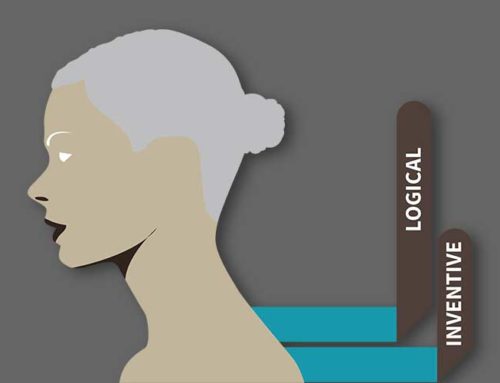Customer loyalty marketing is strategically marketing to customers to retain and grow your relationship and business with them. Customer loyalty is closely tied to the value you provide to your customer. Often times incentives are included as part of any loyalty marketing program such as points, miles, or special discounts. While this is often the case, it is not critical to developing a successful loyalty marketing program. Again, it’s about creating value and value can come in many forms, but more on that later.
In a nutshell, think of customer loyalty marketing as a courtship. When someone first becomes a customer, you probably know very little about them and they likely know little about you. Your focus should be to learn more and more about them over time. Look at demographic data like age, gender, location, household makeup. Then dig deeper to find out their interests and how that relates to your brand. Look at past purchases, behavior on your website, etc. Once you know what they like, you’re able to offer more relevant communications. You’ll increase their engagement with your brand and build a stronger relationship with them. If you’re providing value, they’ll become loyal customers and ultimately advocates of your brand.
So, how do you build a customer loyalty marketing strategy?
There’s really no secret sauce. Determine your general roadmap to help get you started, but be willing to change it up a bit and customize it for your customers. The big things to consider are the timing and message. What do you want to say to them and when will it have the biggest impact?
A solid onboarding strategy for new customers is a great place to start. Take this opportunity to welcome them, thank them for their business and show you appreciate them. This is also a great time to ask some questions in your communications to learn more about them. We like to call them “golden questions” because it gives you more insight into your customer and there’s gold in that. It will help you then determine the products and services that are more relevant to them and hence start to build value.
Next, continue the relationship through relevant and timely communications. Let your customer know about events you think they would like, new products that compliment items they’ve previously purchased, or specials that apply to them. Don’t beat them over the head with it, though. Allow them to manage their communication preferences and frequency to ensure you’re reaching out to them how and when they want you to. If you do this, there’s a higher likelihood that your marketing efforts will be well received and effective. If you do see that their engagement with your brand starts to dwindle, find ways to win them back. It might be as simple as an exclusive offer or even just allowing them to adjust their communications preferences or frequency if they feel a bit overwhelmed.
It’s all about creating value!
Let’s circle back to value mentioned earlier. Value comes in many forms for customers. You may provide value to them because of price, quality, convenience, and more. Determine what value you provide to your customers and then focus on consistency with it. (See our related posts on Customer Loyalty Motivators and What really drives customer advocacy?)
Also, remember that value is a two-way street. You can provide a different level of value to your customers just as they can to you. To determine your customers’ value, look at things like purchase frequency and the amount they spend. Obviously, your customers that buy often from you and spend more per transaction are more valuable to your business than those that purchase less often and spend less. That said, they are all still customers and all do provide value to your business. You can, however, and should talk to these groups differently. For example, the folks that purchase often and spend a lot are high-value and your most loyal customers. Acknowledge it and treat them that way. Provide them with even more value like platinum membership levels or rewards. Offer them incentives to refer friends so that they are now becoming brand advocates.
Win-Win!
Building relationships with your customers through loyalty marketing takes planning, proper execution, testing, and refining. You’ll quickly realize, though, that it will be the most valuable marketing strategy your business will ever do.










Leave A Comment